“Useless” Skills Everyone Born Before 1990 Mastered
People who grew up before smartphones learned to handle everyday tasks in ways that feel almost old-fashioned now. They relied on memory, simple tools, and trial-and-error instead of apps and instant answers.
Most of those habits have faded because faster tech took over. Even so, anyone born before 1990 can probably think of a few skills they used to do automatically, without realizing how much know-how it actually took.
Fixing Reception with Antennas and Well-Timed Hits
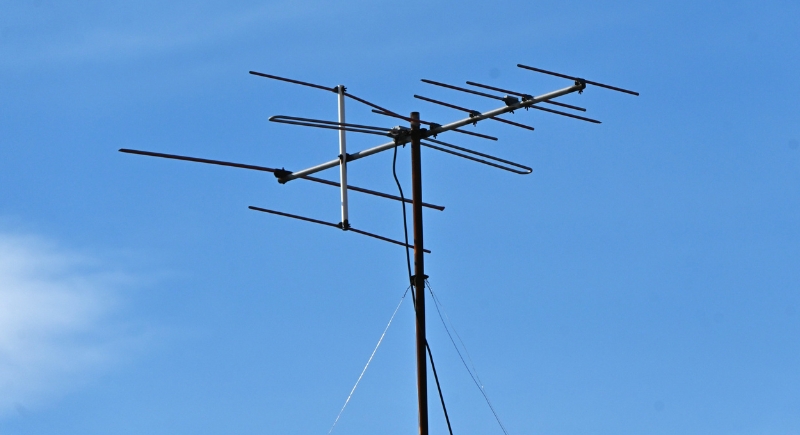
Credit: Canva
Before remotes had input buttons and televisions handled everything automatically, a bad signal meant you had to get hands-on. People would twist the antenna, lift it higher, or angle it until the picture settled. And if that failed, a quick, confident tap on the side of the TV sometimes did the trick. It wasn’t a myth. Early electronics were particularly responsive to this type of percussive maintenance.
Using A Pencil to Fix Cassette Tapes
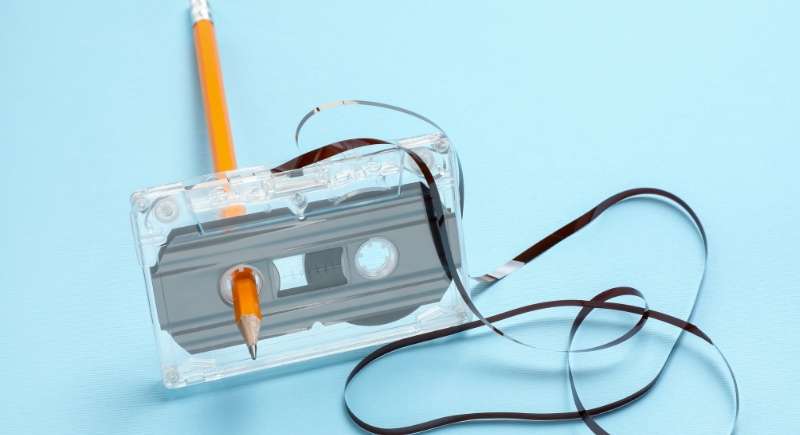
Credit: Canva
Anyone with a Walkman knew the trick: if a tape unspooled, grab a pencil. The pencil fit perfectly into the reel and let you twist the tape back into place without touching it. This saved the cassette from damage and prevented the listener from losing their music. It became a go-to fix for every cassette user.
Memorizing Phone Numbers

Credit: Canva
Remembering phone numbers was a common and necessary practice. Landlines had no contact lists, so people stored numbers in their heads. A 2015 study found that over half of smartphone users couldn’t recall their closest friends’ numbers. Before mobile phones, that would’ve been unthinkable. Forgetting a number meant losing contact entirely.
Texting on Keypads Without Looking
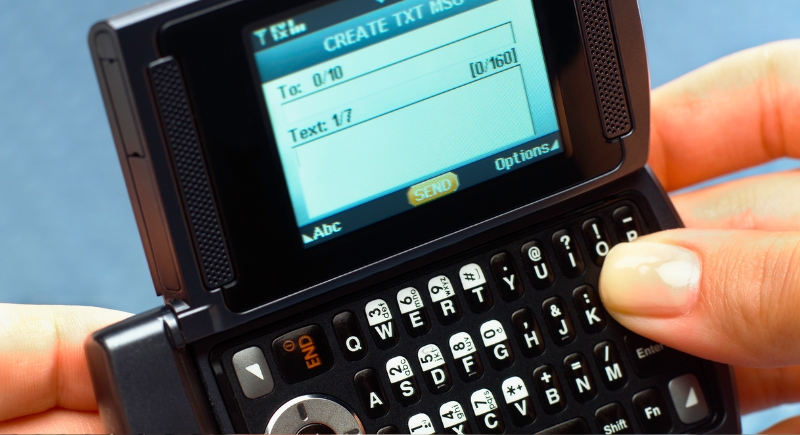
Credit: Getty Images
Communicating using early mobile phones meant memorizing the layout of a numeric keypad. Each button controlled multiple letters, which needed quick and repeated taps to spell out words. Mastering this system took time, but many learned to do it without looking. The introduction of full keyboards and touchscreens made it obsolete almost overnight, yet for a stretch of time, it defined how people sent messages.
Counting Change During Transactions
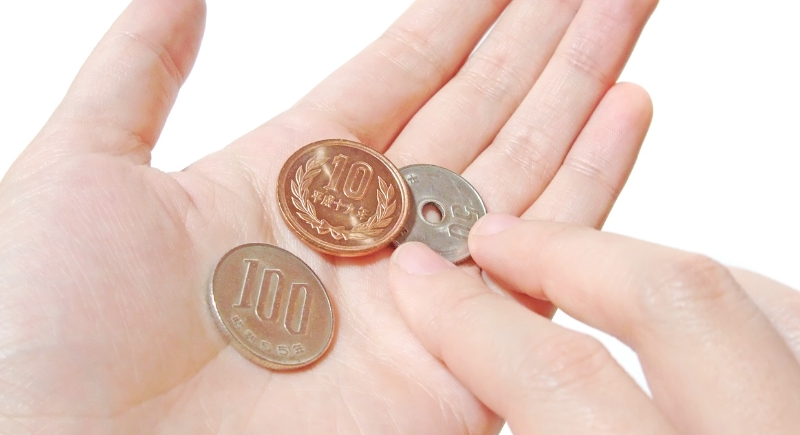
Credit: Canva
Cashiers once counted change backward to customers. If something cost $9.91 and someone paid $10.01, they’d instantly hand back a dime. It relied on quick mental math and kept everyone on the same page. Modern systems handle every calculation, so some cashiers pause when given extra coins because the process feels unfamiliar now.
Programming a VCR to Record Shows

Credit: Getty Images
Watching something later now takes a simple tap, but recording once meant programming a VCR with exact start and end times, selecting the right channel, and loading a blank tape. A wrong setting or a tape that wasn’t rewound could undo the whole plan. It demanded patience and careful steps, and it was the only way to control your viewing schedule.
Reading and Refolding Paper Maps

Credit: Getty Images
Printed maps were once the standard tool for navigating to any destination. They showed highways, side roads, distances, and landmarks all in one place. Travelers used them to plan routes, estimate driving times, and stay oriented across unfamiliar areas. Folding them correctly took practice, especially with large atlases, but keeping them in good shape mattered.
Cleaning the Rollers in a Computer Mouse
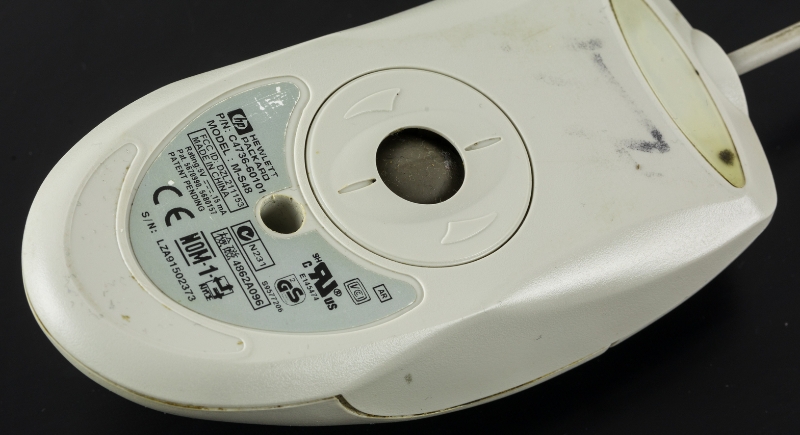
Credit: Wikimedia Commons
Anyone who used early computers remembers the little rubber ball inside the mouse. Over time, it collected grime, and the cursor would start dragging across the screen. The fix was simple. Pop open the bottom, take the ball out, and scrape the gunk off the tiny rollers inside. It was quick, a little gross, and something people did without thinking whenever the mouse stopped cooperating.
Recording Songs Off the Radio

Credit: Getty Images
Taping music from the radio required fast reflexes and constant attention. People kept blank cassettes ready and waited patiently for their favorite song to play. The challenge was hitting record without capturing the ads or the DJ’s voice. Getting a clean version took multiple tries. These tapes often turned into custom playlists, shared among friends or replayed endlessly.
Writing in Cursive by Habit
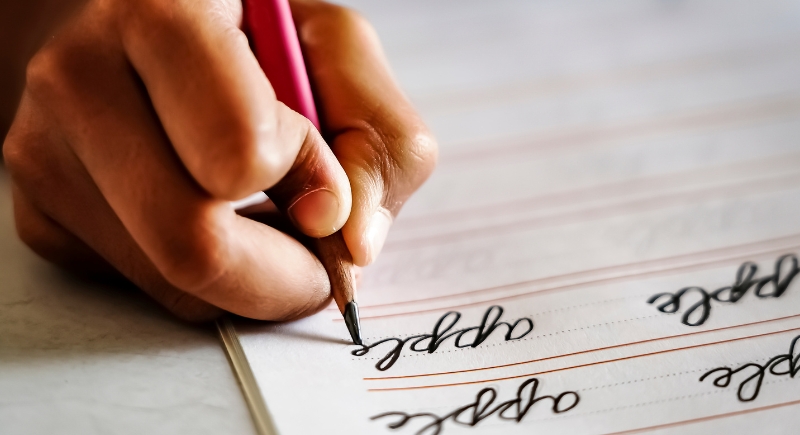
Credit: Getty Images
Cursive writing wasn’t considered a special skill, but the expected standard. Students practiced it regularly and would fill entire pages with loops and strokes until their handwriting met classroom guidelines. You will be surprised to know that many adults born before 1990 continue to write this way.